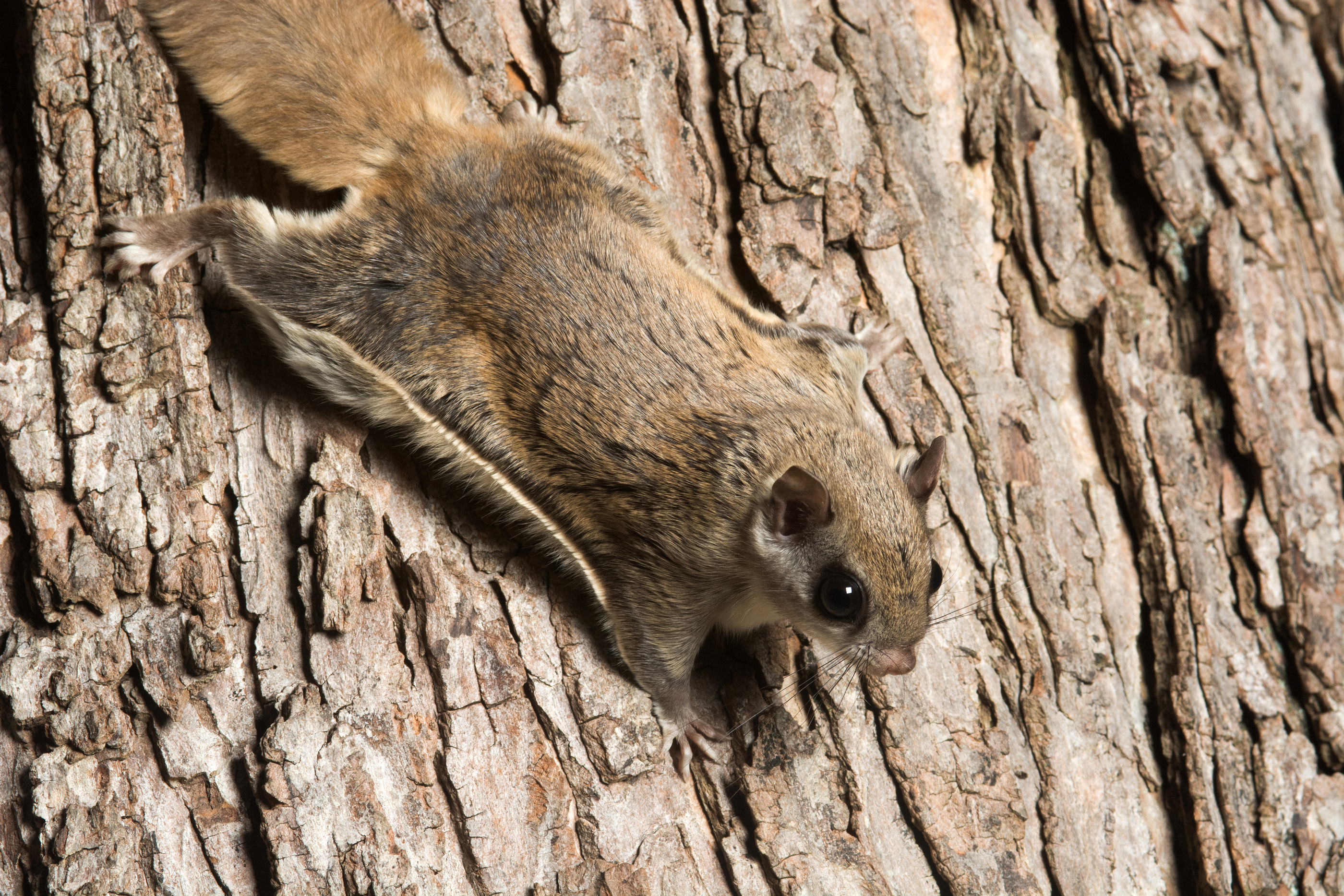
Abrogast’s new study shows, in fact, that the two species are closely related-sister taxa, as scientists say.Īnother shock came as the scientists analyzed the DNA from tissue and skeletal samples they snipped or scraped from western flying squirrel museum specimens. “It was a shock when that was reported,” he says of the hybrid north-south squirrels.

Indeed, as Arbogast notes, a key physical trait scientists use to distinguish northern and southern flying squirrels-the baculum, or penis bone (robust and spiky in the northern species, and longer in the southern species)-doesn’t prevent the two from mating and producing hybrids in southeastern Canada. Often such differences aren’t enough to identify a new species. They were typically-and puzzlingly-smaller and darker than the northern flying squirrels. But Arbogast, who has studied the ecology and genetics of the two species, began to wonder about those West Coast gliders as he handled museum specimens collected since the early 1900s. It’s also found in the higher elevations of the Appalachian Mountains, the Rocky Mountains, eastern Oregon, and eastern Washington state.īiologists used to classify the flying squirrels of California and the coastal Pacific Northwest with these northern flying squirrels. sabrinus), inhabits the boreal coniferous forests of the northeastern U.S., Canada, and Alaska. The other, the northern flying squirrel (G. It makes its home in deciduous hardwood forests. One of the two previously known North American species, the southern flying squirrel (Glaucomys volans), is found in small, isolated populations in Mexico and Central America, as well as throughout the eastern United States. Tiny, nocturnal, and to our ears almost silent, they’re the secretive souls of our forests-animals of no commercial value, and perhaps for that reason treasured by those fortunate enough to spot them.Īnd while Arbogast and his colleagues have been some of those lucky folks, they didn’t discover the new squirrel while working in the wild but through a genetic study, combined with analysis of the gliders’ history and mapping of their shifting ranges as glaciers and forests expanded and contracted.

During the day they sleep in old tree holes they line with lichens and moss. To escape predators, they usually sail through the forest at night, foraging for berries, nuts, fungi, and birds’ eggs. They use their broad, fluffy tails for steering and braking, slowing down before hitting a target tree. When they leap at a target tree, they spread their body into a square (a design some BASE jumpers have copied) and cover as much 150 feet in a single glide with great accuracy. For starters, they don’t fly but glide, using a parachute-like membrane on both sides of their body that stretches from wrist to ankle. “There was just something weird about those from the West Coast.”Īctually, all flying squirrels are a little bit weird. “I’ve been scratching my head over these squirrels since 1992,” says Brian Arbogast, a mammalogist at the University of North Carolina in Wilmington, and the study’s lead author. Last year the United States Fish and Wildlife Service rejected granting endangered species status to a population of the squirrels in southern California, and it’s not yet clear if the new species designation will affect that decision. And they’ll want to assess how well they’re doing, especially because they’re found in areas with threatened spotted owls, which often dine on flying squirrels-most likely this new species.

Researchers will want to take a closer look at the role these gliders play in their ecosystem. The new species, Earth’s 45 th known flying squirrel, also adds to the ongoing tally of our planet’s biodiversity-an increasingly urgent matter, given the high rate of extinctions. The discovery means that three-not two-species of the furred gliders live in North America, and it changes our understanding of how these squirrels evolved and spread across the continent, scientists report today in the Journal of Mammalogy. It’s been dubbed Humboldt’s flying squirrel, in honor of the great naturalist Alexander von Humboldt. A new species of flying squirrel has been found in the Pacific Northwest.


 0 kommentar(er)
0 kommentar(er)
